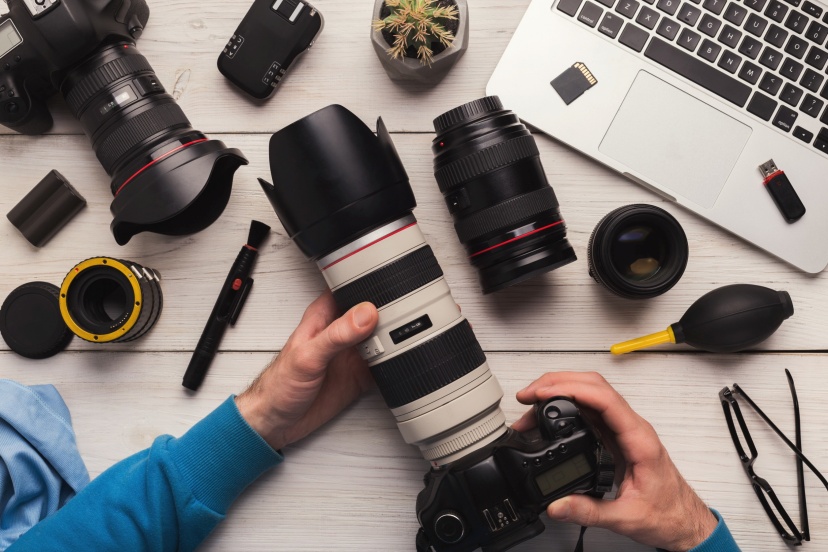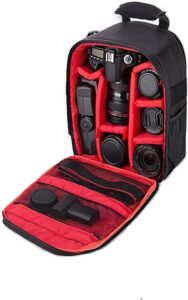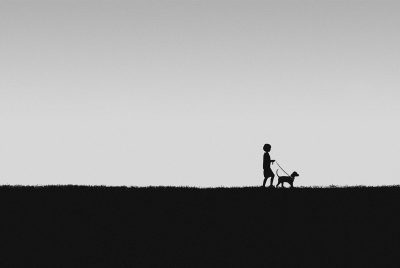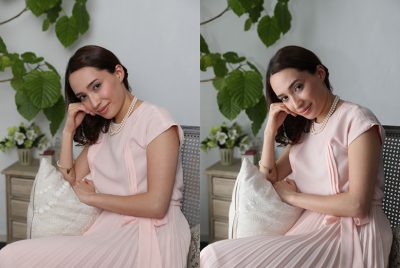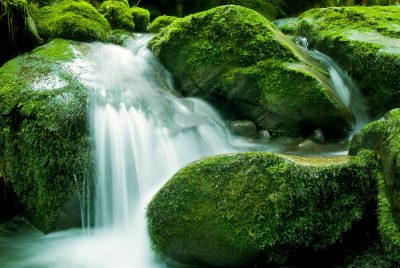10 Essential Camera Accessories for Beginners
When I first started with photography, I thought the camera body and lens were all I needed. Boy, was I wrong! Having the right gear can seriously boost your skills, keep your equipment safe, and help you shoot more confidently. So let me walk you through the must-have DSLR camera accessories for beginners that I wish someone had told me about sooner.
Why Camera Accessories Matter for Beginners
Accessories are not just extras — they’re game-changers. They help you avoid frustration, protect your investment, and open up new creative possibilities. If you’re just diving into DSLR photography, equipping yourself with the right tools can fast-track your growth and improve your shots.
>>> See range and prices of DSLR camera kits HERE <<<
Must-Have DSLR Camera Accessories for Beginners
Let’s break down the top 10 essentials you should add to your camera kit.
1. Camera Bag: Protect Your Gear On the Go
A camera bag is your camera’s armor. Whether you’re hiking, traveling, or heading to a local shoot, a well-padded bag keeps your gear safe from bumps, drops, and weather surprises.
What to Look for in a Good Camera Bag
-
Padded compartments
-
Water resistance
-
Adjustable dividers
-
Comfortable straps
-
Space for extras (batteries, SD cards, etc.)
2. Extra Batteries: Don’t Miss a Shot
DSLRs eat up battery life, especially if you shoot in live view, use flash, or do long sessions. Always carry an extra battery (or two). Nothing ruins a shoot like a dead camera!
Recommended Battery Brands
Stick with OEM (original equipment manufacturer) batteries or trusted third-party brands like Wasabi Power or Neewer. Always double-check compatibility.
3. Memory Cards: Storage Matters
Your photos are only as safe as the card storing them. Invest in high-speed, high-capacity SD cards for smooth shooting — especially if you shoot RAW or video.
Choosing the Right Memory Card (Speed + Size)
Look for:
-
Class 10 or UHS-I/UHS-II cards
-
At least 64GB if you shoot a lot
-
Reputable brands like SanDisk, Lexar, or Samsung
4. Tripod: Stability is Key
Ever tried a long exposure without a tripod? It’s like trying to hold a paintbrush still in a windstorm. A tripod lets you shoot sharper photos, especially in low light or when doing self-portraits.
Best Tripod Types for Beginners
-
Aluminum for affordability and strength
-
Carbon fiber for lightweight travel
-
Gorillapods for flexible, portable setups
5. Lens Cleaning Kit: Keep it Crystal Clear
Dust and fingerprints on your lens = ruined shots. A lens cleaning kit is a cheap but essential investment to keep your glass spotless.
What Should a Cleaning Kit Include?
-
Blower (for dust)
-
Microfiber cloth
-
Lens cleaning solution
-
Lens brush
6. UV Filter: Simple Lens Protection
A UV filter not only blocks ultraviolet light (though modern sensors handle that well) — it acts like a shield for your lens. Drop your camera? The filter takes the hit.
Pros and Cons of Using a UV Filter
Pros
-
Scratch protection
-
Dust and water repellence
Cons
-
Cheap filters can reduce image quality
-
May cause lens flare if not multi-coated
7. Remote Shutter Release: Shake-Free Shots
Perfect for long exposures, self-portraits, or night photography, a remote shutter release prevents camera shake caused by pressing the shutter manually.
Wired vs Wireless Remotes
-
Wired: Reliable, budget-friendly
-
Wireless: Great range, perfect for remote shooting or self-portraits
8. External Flash: Light It Right
While DSLR built-in flashes work, they’re flat and harsh. An external flash (or speedlight) gives you control over direction, intensity, and even bounce lighting.
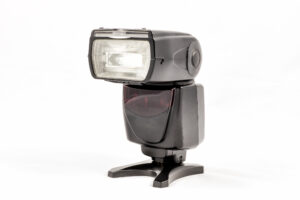
Built-in Flash vs External Flash
Built-in:
-
Convenient, but limited control
External:
-
Adjustable, more powerful, ideal for portraits and events
9. Reflector: Shape the Light Like a Pro
A reflector bounces light back onto your subject, softening shadows and evening out contrast. It’s the secret to that polished, magazine-cover look — even outdoors.
Foldable 5-in-1 Reflectors
These include:
-
Silver (bright, contrasty)
-
Gold (warm tones)
-
White (soft, neutral fill)
-
Black (block light)
-
Translucent (diffuse direct sunlight)
10. Camera Strap: Comfort Meets Security
The strap your camera came with? Probably uncomfortable. An upgraded camera strap gives you better weight distribution and reduces fatigue during long shoots.
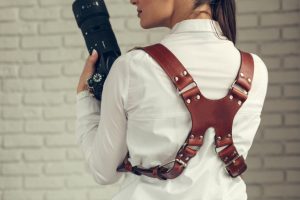
Different Types of Camera Straps
-
Neck straps: Standard but can strain your neck
-
Shoulder/ Sling straps: More ergonomic
-
Harness straps: Great for dual-camera setups
Bonus Accessories to Consider
-
Rain cover for outdoor protection
-
Mini LED lights for fill lighting
-
Lens hood to block sun flare
-
ND filters for creative exposures
-
Camera cleaning air blower
Common Mistakes Beginners Make With Accessories
-
Buying cheap, unreliable accessories
-
Skipping essential protection like a bag or UV filter
-
Not labeling memory cards or charging spares
-
Ignoring the value of a good tripod or flash
-
Forgetting to clean lenses regularly
Final Thoughts on Building Your Kit
Start small and build gradually. Invest in quality over quantity, and prioritize tools that improve your workflow and creativity. Every accessory you add should serve a purpose. You don’t need a full studio — just a few smart tools and a lot of curiosity.
>>> See range and prices of DSLR camera kits HERE <<<
Conclusion
Getting into photography is exciting — and with the must-have DSLR camera accessories for beginners on your side, it becomes a whole lot easier and more fun. From safety gear to creative tools, each item plays a role in your growth as a photographer. Build your kit wisely, and let your camera do what it does best: tell stories.
FAQs
1. What’s the first accessory I should buy for my DSLR?
A camera bag and extra battery are top priorities. They keep your gear safe and ready to go anytime.
2. Are cheap accessories worth it?
Some are okay (like lens cloths), but cheap batteries, filters, or tripods may hurt your gear or your images. Always check reviews.
3. Do I need a flash for outdoor photography?
Sometimes! Even outdoors, an external flash can fill shadows and add depth, especially during golden hour or cloudy days.
4. How many memory cards should I carry?
At least two. It’s smart to have a backup in case one fails or fills up during a shoot.
5. Can I buy used camera accessories?
Yes — just inspect them carefully. Items like tripods, bags, and reflectors are great second-hand buys.

